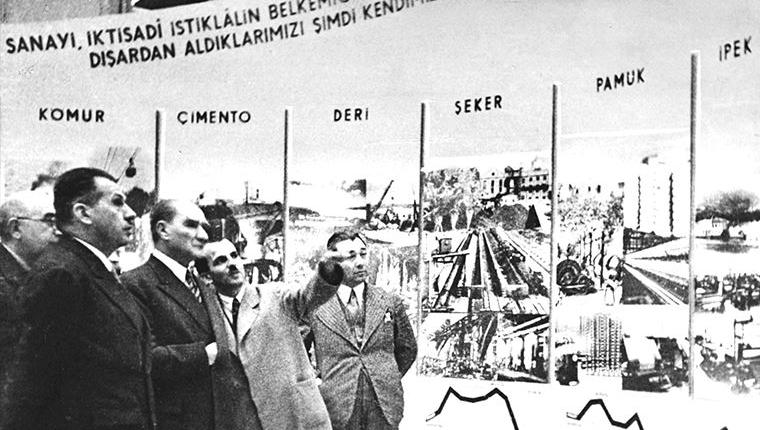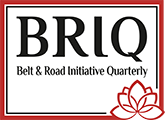
Dişçi, T. (2022). Economic policies of Kemalism in the early republican era (1923-1938). Belt & Road Initiative Quarterly, 3(2), 82-90.

This work is licensed under a
Creative Commons Attribution 4.0 International License.
The Republic of Turkey, founded in 1923, was built on an agricultural economy using medieval production methods in a market regulated according to the interests of Western capitalists. Inheriting the institutional and social accumulation of the Ottoman Empire and the democratization and nationalization experiences that started with the First Constitutional Monarchy, the Republic undertook the task of transforming this agricultural economy into a modern national industrial economy. This study uses a descriptive case study method to examine the economic policies of the Kemalist government and the practices of “statism” from the establishment of the Turkish Republic to the beginning of World War II. The study aims to reveal the target and direction of these policies, which developed in two historical phases. The first began with the Izmir Economic Congress, whereas the second occurred in the Great Depression era. The first period was characterized by Turkey’s efforts at developing an endogenous private sector through government incentives and public expenditures directed towards infrastructure investments. In the second period, Turkey adopted an economic model driven by state-led industrial investments with an even stronger thrust. The weight of public investments gradually increased in the Great Depression era. In the final analysis, one could argue that these two historical phases reflect the implementation of a statist model of economic development with Turkish characteristics, otherwise known as the economic policies of Kemalism in the early Republican period.
